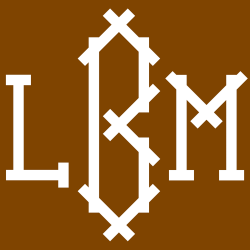September 10, 2020
Tom,
I’m in disbelief that your excuse for not calling or emailing was that you were under a tight deadline. Moreover, when asked by someone on Twitter why my photographs didn’t accompany your article, you wrote, “Couldn’t get permission. Didn’t want to get sued.” I assume you didn’t contact Magnum Photos, the agency you cited in your headline? Ironically, the misdeed that I’m holding myself accountable for, shallowness, is precisely what I see in the media responses to this story.
Here is my perspective. I was approached on May 4th by the Times Op-Ed page. The only informational link they sent was a Chicago Tribune story that inspired this project. If you Google “Streeterville and Englewood” you will also see stories from the Chicago Sun Times, The Guardian, Chicago Public Radio and every network news station. Tonika Johnson’s name does not appear. In recent days I’ve been endlessly accused of lazy research. It’s remarkable that not one of these critics has done this Google search.
My 3-day assignment was primarily geared to making visual material to accompany a large, 3-part series on American Cities entitled The America We Need. No journalist has thus far made an effort to look up the print edition, but there are links here and here. As you’ll see, it includes the work of four other photographers working in different cities. You’ll also notice that the majority of the photographers, if not all, are white. That is embarrassing and inexcusable. All I can say is that this was May 17th; weeks before George Floyd and the wake-up call so many of us have felt. It’s worth noting that you are a white male journalist covering this story.
Returning to the subject at hand – my photographs – it is important to emphasize that like the Chicago Tribune story that inspired it, I was asked to cover two neighborhoods: Streeterville and Englewood. Remarkably, your story makes no mention of this. From what I can tell, Tonika Johnson’s work has nothing to do with Streeterville. Her work is about comparing two addresses, one on the North Side of Chicago and one on the South. Streeterville is downtown. Moreover, I wasn’t making side-by-side comparisons. My photographs were only arranged as pairs by the photo editors, but they aren’t linked as addresses.
Another critical element of this story is COVID. Not only was it fundamental to the premise, it hugely impacted my photographic approach. Keep in mind this was early May. There were extremely few people outside. I drove to Chicago and was instructed not to photograph indoors and to keep my distance from anyone I met. This wasn’t a job about knocking on doors and doing thoughtful interviews. I was being hired to make visually compelling photographs about two neighborhoods with vastly different life expectancies in the time of COVID. This is not what Tonika Johnson’s project is about.
As I said in my Instagram post, Johnson’s work is about long-term commitment, complexity, and dialog. This is so much more valuable than the work I made. Unfortunately, the discussion of this controversy hasn’t been about complexity or dialog whatsoever.
I’m embarrassed about my involvement in all of this. You should be too.
Alec Soth
This was written in response to an article by Tom Seymour in The Art Newspaper on September 9, 2020 titled “Magnum photographer Alec Soth accused of plagiarism by Chicago artist Tonika Johnson“. The assignment with photographs by Alec Soth were published online by the New York Times on September 5, 2020.
